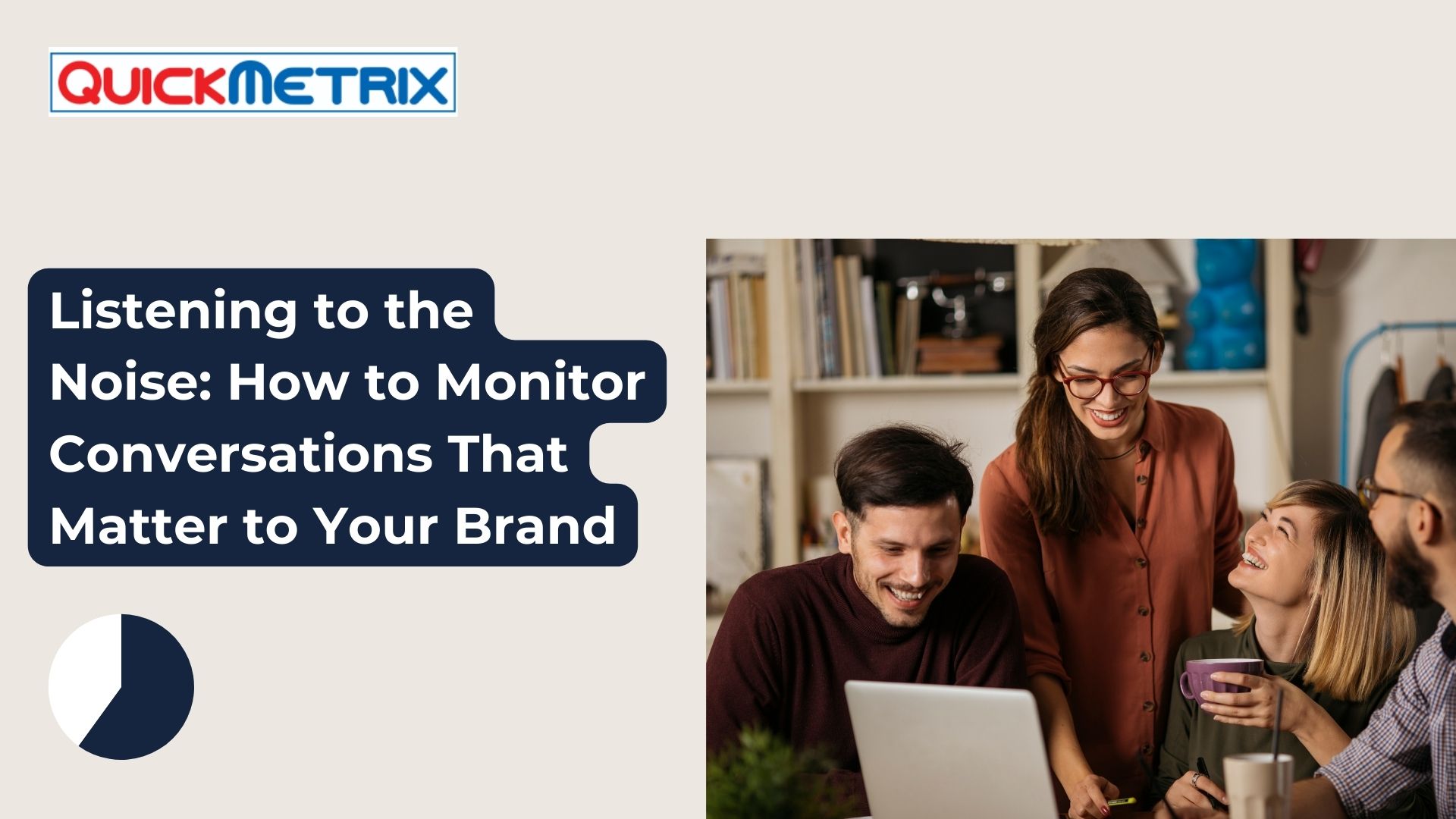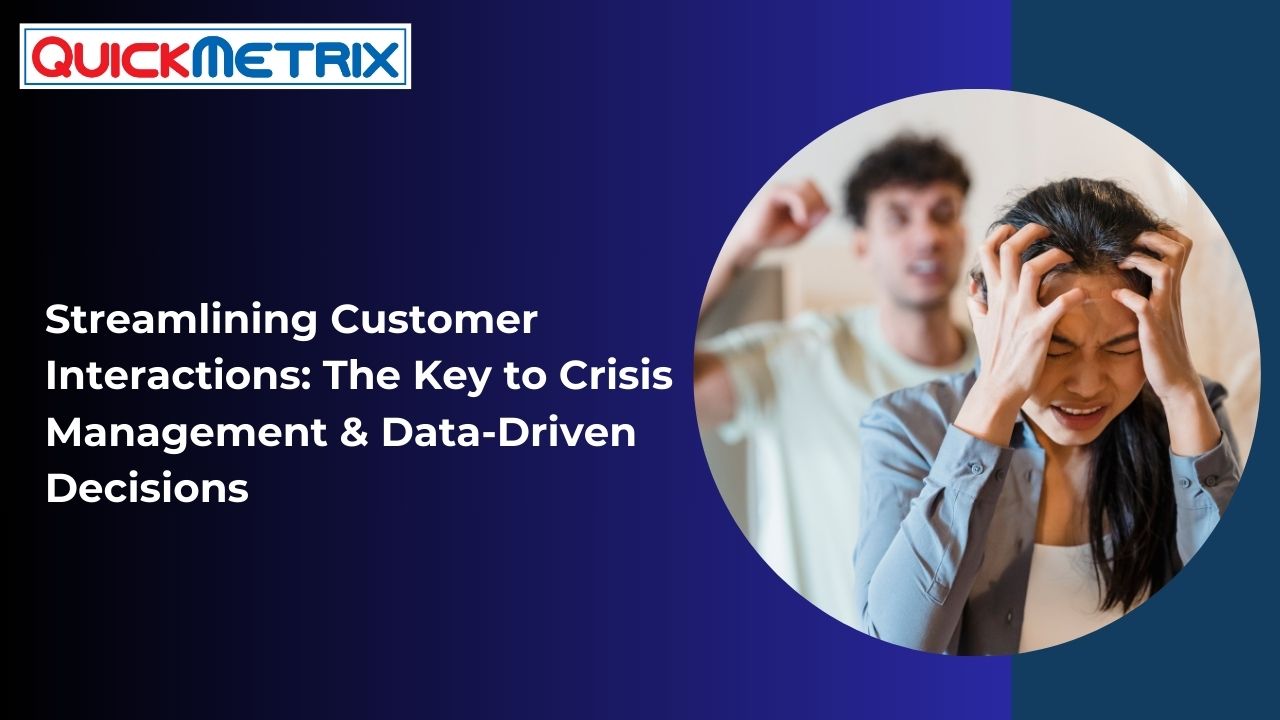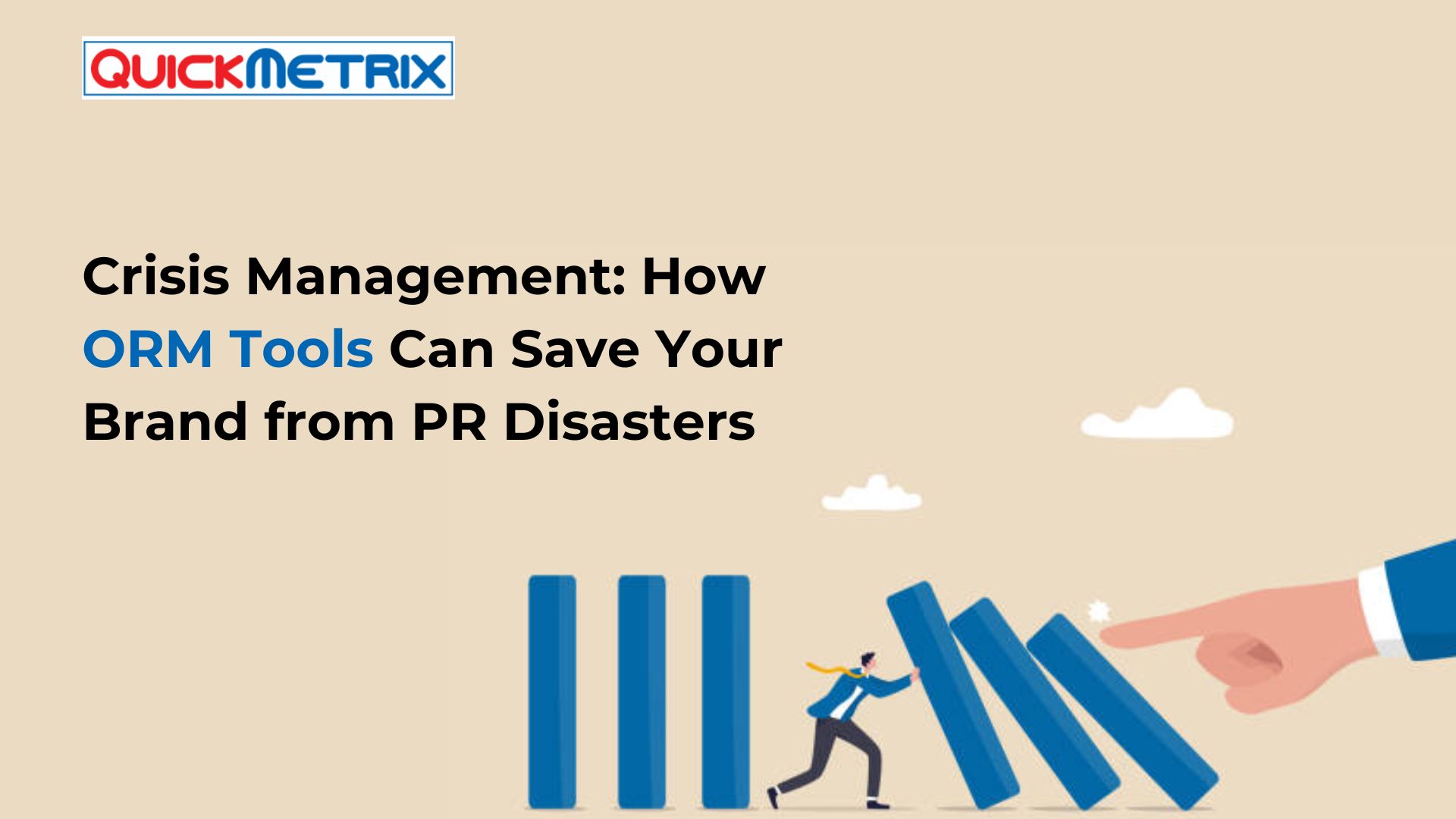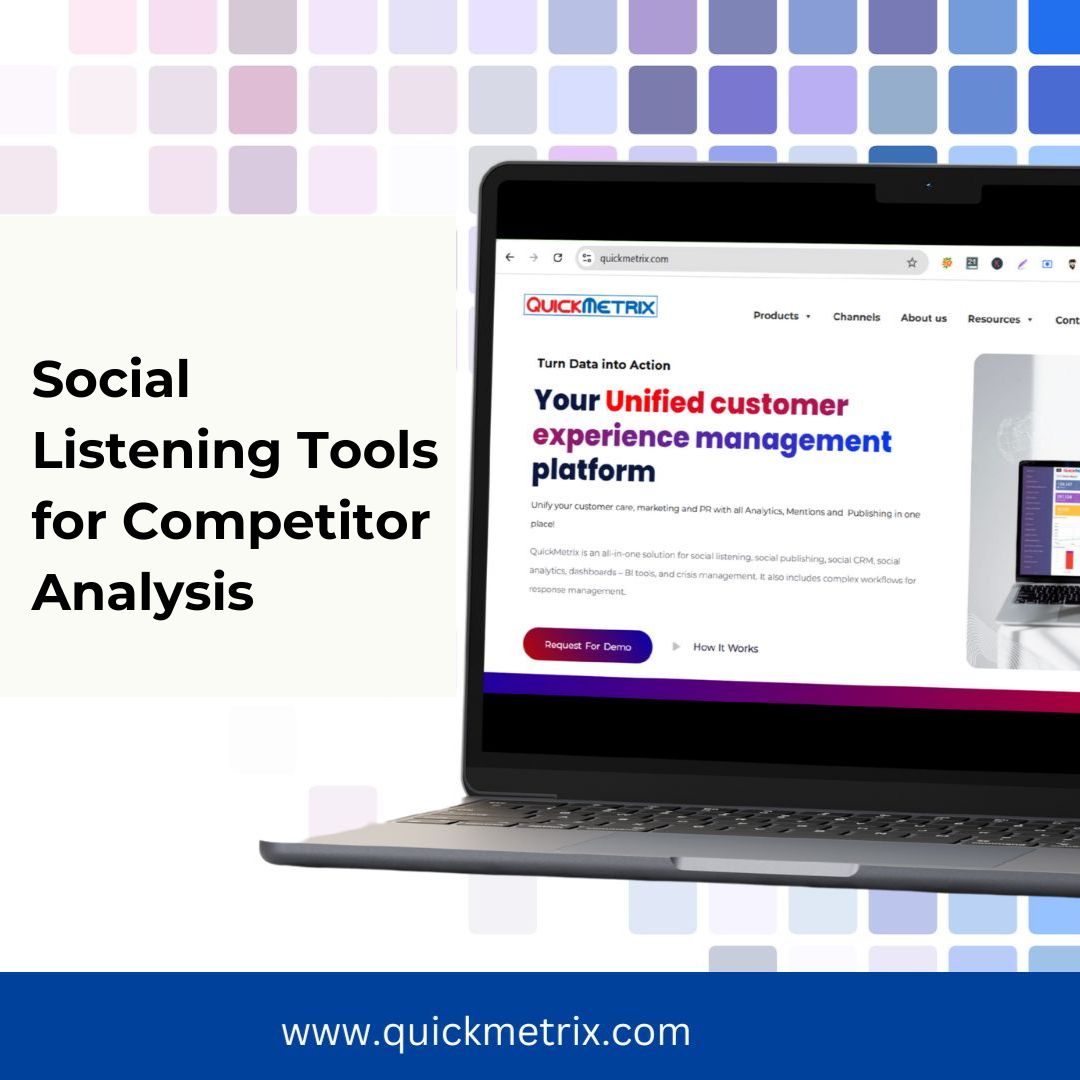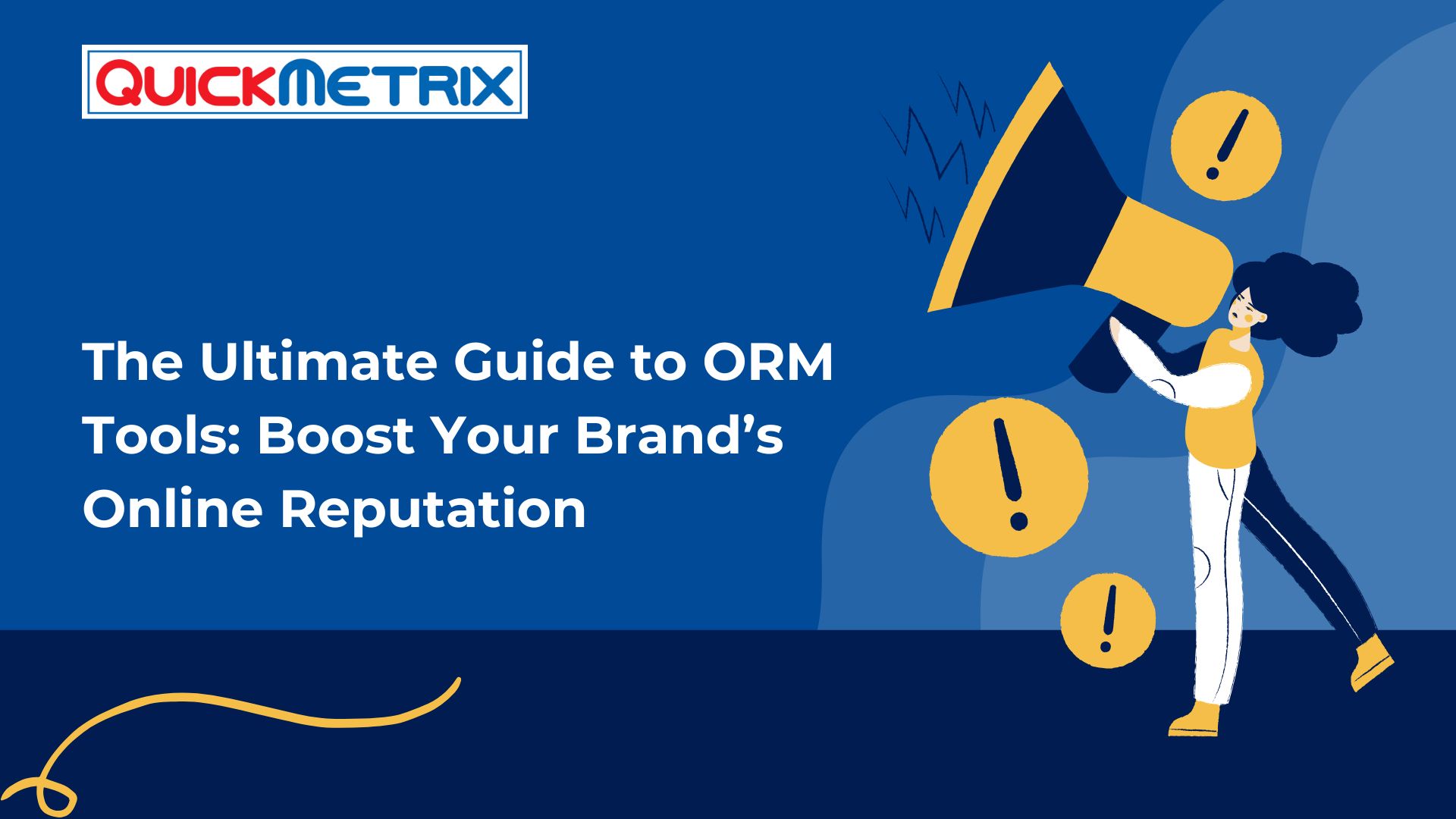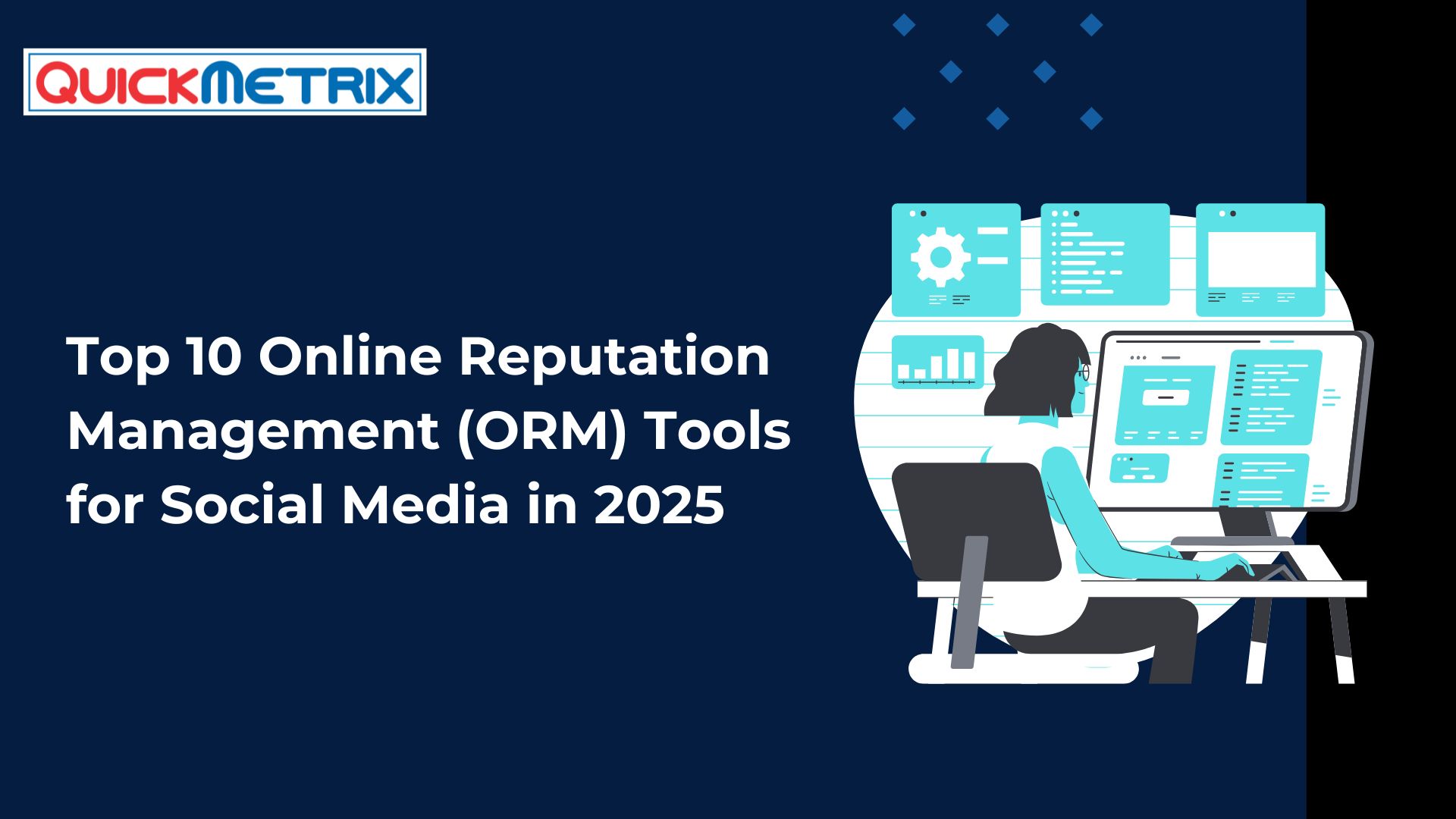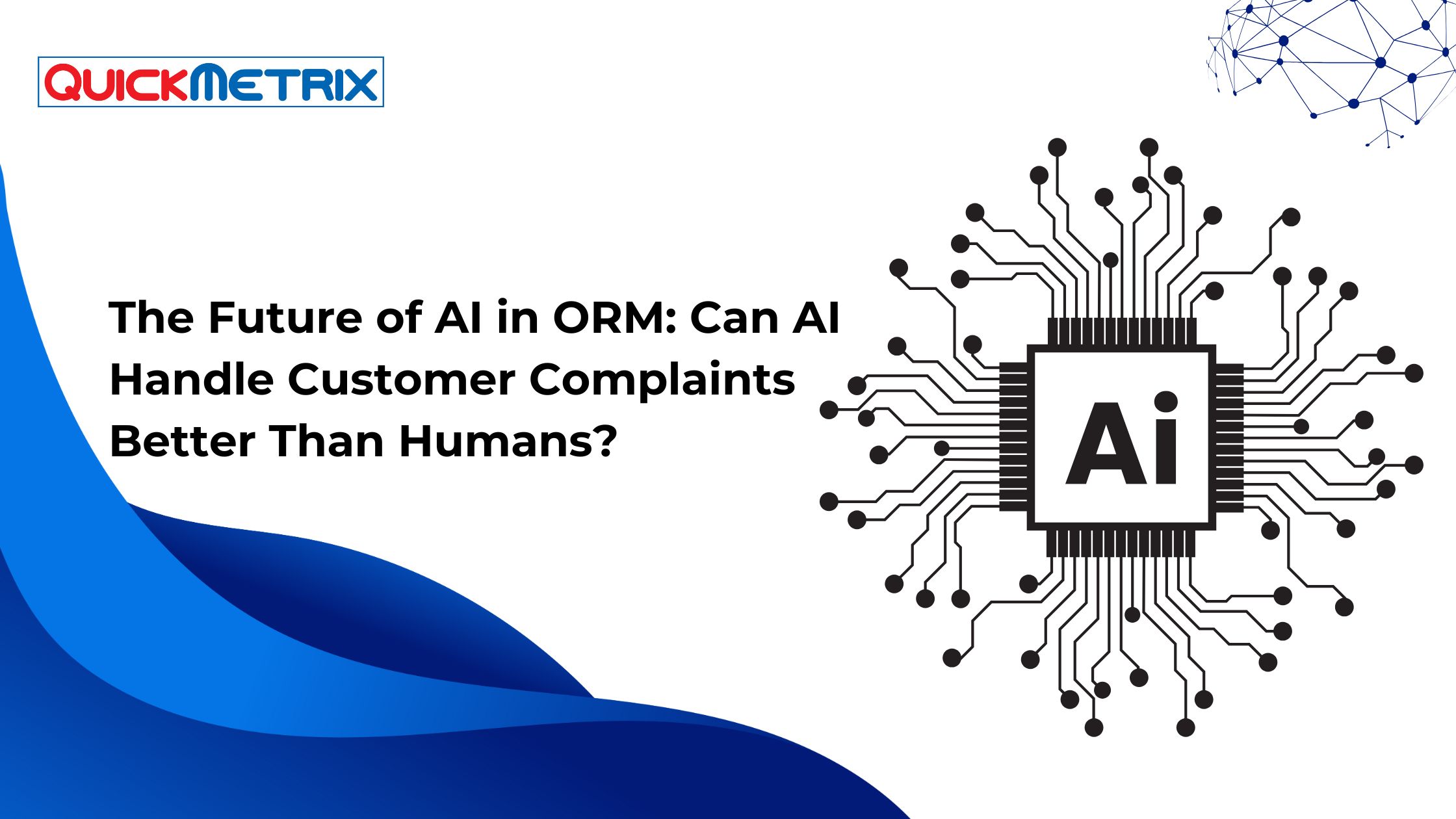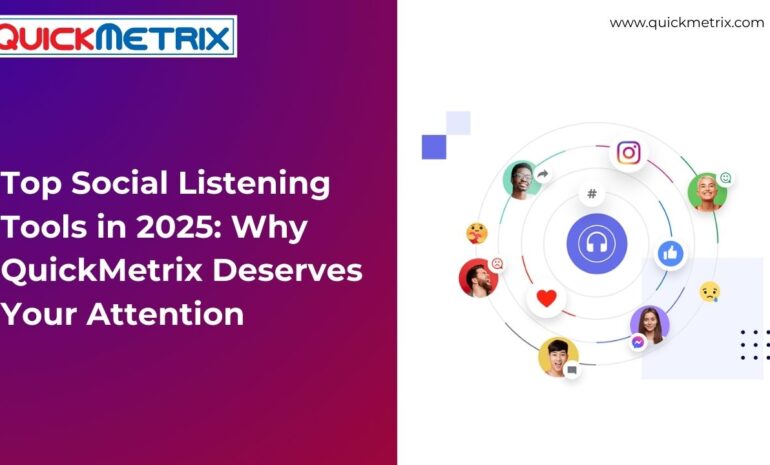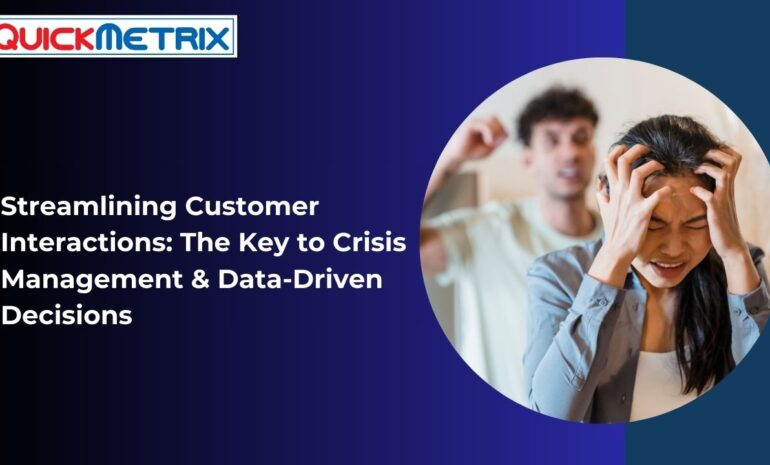Understanding the Importance of Monitoring Brand Conversations
1.1 The Role of Brand Reputation
Brand reputation management is fundamental to any business’s success. It encompasses how the public perceives your brand based on experiences, interactions, and conversations. Key components include customer sentiment analysis, brand trustworthiness, and overall image.
The conversations happening online and offline have a profound impact on public perception. For instance, a single viral social media post can either bolster or undermine a brand’s reputation in mere hours. Consider the case of a major airline that faced backlash after a passenger was forcibly removed from a flight. The incident sparked widespread outrage on social media, resulting in a significant drop in customer trust and stock prices.
1.2 Identifying Target Audiences
To monitor social media conversations effectively, you need to understand who is talking about your brand. Techniques such as social media analytics tools, surveys, and web analytics can help identify audience demographics and motivations. Tailoring your brand conversation tracking efforts based on these audience segments is essential.
For example, younger audiences might engage more on platforms like TikTok, while older generations might prefer Facebook. Recognizing these differences allows brands to focus their online reputation management efforts where they will be most effective.
1.3 Benefits of Staying Informed
Being well-informed provides valuable insights that can guide your brand strategy. By closely monitoring customer sentiment analysis, you can take a proactive approach, addressing potential issues before they escalate.
Some brands have successfully turned potential crises into opportunities through real-time social media monitoring. For example, a beverage company quickly responded to customer concerns about its ingredients and improved transparency, ultimately strengthening brand loyalty.
Tools and Techniques for Monitoring Conversations
2.1 Social Media Listening Tools
Social listening tools are essential for tracking what is being said about your brand across various platforms. Some popular options include QuickMetrix, Hootsuite, Sprout Social, and Brandwatch. Look for features such as sentiment analysis software, influencer tracking, and customizable dashboards.
You don’t always need to invest heavily; many free tools like Google Alerts provide valuable insights, although they may lack some AI-powered social listening features.
2.2 Website and Blog Monitoring
Monitoring your brand mentions on your website and blog is equally crucial. Techniques for tracking mentions include setting up comment alerts and using tools like BuzzSumo to analyze trending conversations. Additionally, SEO analysis tools like Moz can help you see how user-generated content interacts with your brand.
User-generated content, like customer reviews and comments, plays a significant role in shaping public perception. Keeping tabs on these interactions helps in understanding customer sentiment better.
2.3 Traditional Media Monitoring
While digital marketing dominates today, traditional media monitoring still holds importance. Tracking print and broadcast media ensures that you’re aware of how your brand is represented in the news. Tools like Meltwater can assist in monitoring these channels, highlighting differences in audience engagement across traditional and digital landscapes.
Analyzing Conversations for Strategic Insights
3.1 Collecting Data Effectively
Effective data collection is crucial for meaningful insights. Best practices include using a variety of sources, from social media monitoring tools to news articles. Set clear goals for what you want to learn, such as understanding customer sentiment shifts or identifying common issues.
3.2 Sentiment Analysis Techniques
Understanding sentiment analysis offers deep insights into customer opinions. There are various AI-powered sentiment analysis tools, like Lexalytics and MonkeyLearn, designed to interpret brand perception analysis.
3.3 Identifying Key Trends and Themes
Analyzing your data can reveal recurring social media trends that can steer your brand marketing strategy. Techniques include qualitative analysis, where you identify patterns in customer feedback, and quantitative approaches, where you measure the frequency of different customer sentiments over time.
Engaging with Conversations Around Your Brand
4.1 Crafting a Response Strategy
Developing guidelines for social media engagement is fundamental. Crisis management for brands requires timely and thoughtful responses. A brand that humorously engages with light-hearted criticism can endear itself to audiences.
4.2 Encouraging Positive Conversations
Fostering positive brand mentions requires effort. Partnering with influencers and brand advocates can help spread positive messages. Creating shareable content that resonates with your audience encourages them to share their brand experiences.
4.3 Managing Negative Feedback
Handling negative brand mentions effectively is crucial. Best practices include acknowledging the complaint, providing solutions, and being transparent about improvements. Turning customer criticism into constructive dialogue can help reassure your customers and improve brand trust.
Evaluating Your Monitoring Efforts
5.1 Setting Key Performance Indicators (KPIs)
Defining KPIs for social media monitoring helps in measuring effectiveness. Metrics such as engagement rates, sentiment analysis shifts, and reach of brand mentions guide your monitoring strategies.
5.2 Regularly Reviewing Strategies
Continuously evaluating and adjusting your brand monitoring efforts is essential. Set a schedule for regular reviews to reassess your strategies, ensuring they remain relevant as customer behavior changes.
5.3 Reporting and Sharing Insights
Best practices for reporting findings include creating clear and actionable insights for various stakeholders in your organization. Social media analytics reports encourage data-driven decision-making.
Conclusion
Monitoring social media conversations is vital in today’s digital landscape. It not only shapes how your brand is viewed but also provides insights that can guide your marketing strategy. With the right social listening tools, techniques, and a commitment to engagement, you can create meaningful conversations that foster brand loyalty and trust.
FAQs
What are the best tools for monitoring brand conversations? Some of the best tools include QuickMetrix for social listening, Hootsuite, Sprout Social, Brandwatch, and BuzzSumo for blog monitoring.
How can I measure sentiment in brand conversations? Utilize sentiment analysis software like QuickMetrix, Lexalytics, or MonkeyLearn, which analyze the tone and context of conversations.
What should I do if I encounter negative feedback online? Acknowledge the feedback, provide solutions, and be transparent about any actions you’ll take in response.
How often should I monitor conversations about my brand? Regular monitoring is ideal, such as weekly or monthly assessments, to keep a pulse on ongoing conversations.
What key metrics should I track in social media monitoring? Focus on engagement rates, sentiment scores, reach of mentions, and audience demographics for comprehensive insights.
Top Social Listening Tools in 2025: Why QuickMetrix Deserves Your Attention
In the world of digital marketing, conversations are currency. ...
Read More9-key-things-to-consider-before-choosing-an-best-orm-tool (Online response management tools)
IntroductionIn today's hyper-connected world, a single unresolved tweet or ...
Read MoreStreamlining Customer Interactions: The Key to Crisis Management and Data-Driven Decisions
Streamlining Customer Interactions: The Key to Crisis Management and ...
Read MoreCrisis Management: How ORM Tools Can Save Your Brand from PR Disasters
Understanding Crisis Management in the Digital AgeDefinition and Importance ...
Read MoreSocial Listening for Financial Services: How Banks & FinTechs Stay Ahead
Introduction to Social Listening in Financial Services Definition ...
Read MoreThe Journey of QuickMetrix: Insights from Surendra Baliga on Building a Successful SaaS Business
The entrepreneurial journey is often filled with challenges, learning ...
Read MoreMastering the Market: How to Use Social Listening Tools for Real-Time Competitor Analysis
1. Introduction to Social Listening Tools1.1 What is Social ...
Read MoreHow to Get the Most Out of Social Listening Tools and Why Businesses Invest in Them
How to Get the Most Out of Social Listening ...
Read MoreUnderstanding ORM Tools: A Comprehensive Guide to Managing Your Brand’s Online Reputation
In today's digital landscape, a brand's online reputation is ...
Read MoreThe Ultimate Guide to ORM Tools: Boost Your Brand’s Online Reputation
The Ultimate Guide to ORM Tools: Boost Your Brand’s ...
Read MoreTop 10 Online Reputation Management (ORM) Tools for Social Media in 2025
Top 10 Online Reputation Management (ORM) Tools for Social ...
Read MoreListening to the Noise: How to Monitor Conversations That Matter to Your Brand
Understanding the Importance of Monitoring Brand Conversations 1.1 The Role ...
Read MoreStreamlining Online Response Management for the Hotel Industry
1. Understanding Response ManagementOnline response management to how hotels ...
Read MoreThe Future of AI in ORM: Can AI Handle Customer Complaints Better Than Humans?
I. Introduction to Online Response Management (ORM)/ Online reputation ...
Read More